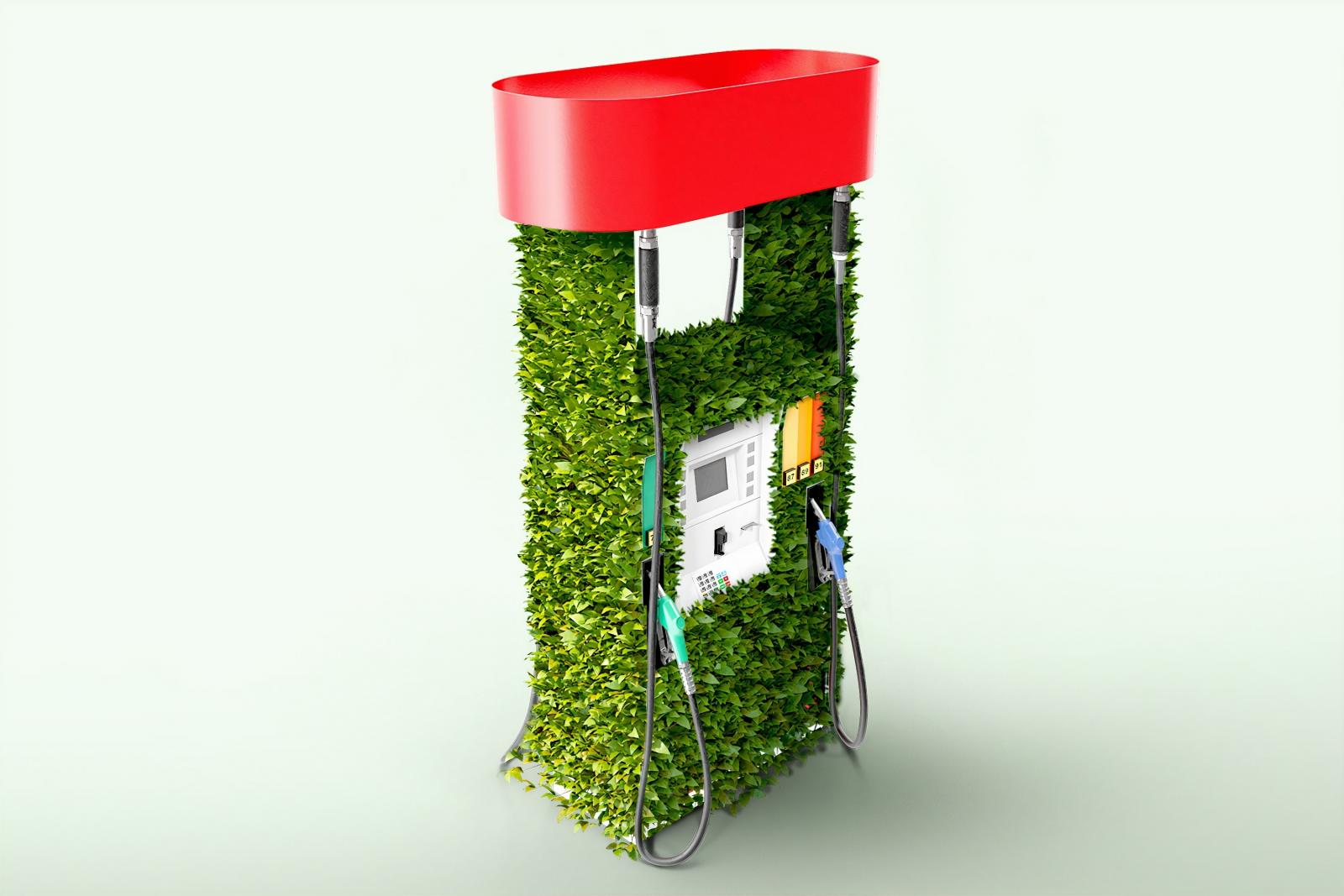
The global market for carbon offset sales grew by 34 per cent in 2019, to £174m, a five-fold increase in two years. But is it a valid route to zero carbon, and what should manufacturers be doing?
Here, Jeremy Whittingham, Head of Community and Content at Advanced Engineering UK explains what the resurgence means and what manufacturers can do to make a difference.
Companies from EasyJet and British Airways to BP and Lyft are making commitments to going carbon neutral, with many of them investing in carbon offsetting as a means to achieve this.
Put simply, carbon offsetting is a trading scheme for carbon emissions. Businesses buy carbon credits from one of the many carbon offsetting companies, who in turn invest the money in environmental projects around the world to tackle climate change.
These projects can be wide and varied, but often fall into categories including renewable energy, methane abatement, energy efficiency, reforestation and fuel switching.
While the larger compliance market for carbon offsets in Europe places legally-binding caps on the likes of coal-fired power stations — and operates as part of the European Union Emissions Trading System (EU ETS) — the smaller voluntary market is open to businesses of all sizes.
Since their inception around 2005, carbon offsetting schemes have taken off around the world and have made a marked difference to reducing emissions. A recent study published in PNAS, the official journal of the National Academy of Sciences, found that, “the EU ETS, which initially regulated roughly 50 per cent of EU carbon emissions from mainly energy production and large industrial polluters, saved more than one billion tons of CO2 between 2008 and 2016. This translates to reductions of 3.8 per cent of total EU-wide emissions compared to a world without the EU ETS”.
Offsetting providers’ websites are filled with portfolios citing examples of projects that have done good — from tree planting in Brazil, fuel-efficient stoves in Darfur and borehole rehabilitation projects in Uganda, to water purifiers in Cambodia and wind farms in Mali.
However, although they were initially lauded as a crucial mechanism to tackle climate change, carbon offsetting has had its fair share of detractors. A lack of transparency and regulatory enforcement means that a small number of projects are either not completed, or actually cause more ecological harm than good to the environment and the communities.
What’s more, critics argue that, while carbon offsetting schemes go some way in helping the world reach net-zero carbon emissions, they don’t actually go far enough to create a low-carbon or zero-carbon world.
So, while businesses, especially those in the industrial sector, should definitely invest in compliant and traceable carbon offsetting schemes, they have an opportunity to do more.
Manufacturers should review their plant machinery and upgrade to more efficient systems where possible. Businesses should install renewable generation assets on site or, if that’s not feasible, renegotiate their energy contract. Choosing an energy supplier that is part of the Renewable Energy Guarantees Origin (REGO) scheme is a readily available, low-cost method that ensures a proportion of your energy comes from renewable sources. Renegotiating your energy contract also has the added benefit of saving you money.
Whatever method businesses choose, it’s clear that carbon offsetting alone is not enough and that there is no one-size-fits-all approach. It’s up to manufacturers to choose the right blend of measures that work for them and, in turn, help tackle climate change.
To find out more about what industry is doing and to speak to like-minded businesses in the engineering sector, visit Advanced Engineering 2020, which will be held from November 4–5, at the NEC in Birmingham.
Given the current situation regarding COVID-19, and to ensure that the show remains a safe and welcoming event for visitors, the team at Advanced Engineering is investing in a wide range of solutions from increased hygiene procedures to technology to facilitate social distancing and an impeccable level of sanitation. To read more about this, visit the Advanced Engineering website.